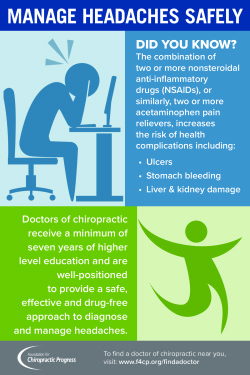Reduce Back Pain By Identifying The Everyday Practices That Could Be Triggering It; Basic Tweaks Could Transform Your Way Of Living Right Into One That Is Pain-Free
Reduce Back Pain By Identifying The Everyday Practices That Could Be Triggering It; Basic Tweaks Could Transform Your Way Of Living Right Into One That Is Pain-Free
Blog Article
Web Content By-Hermansen Svenningsen
Preserving proper pose and avoiding common mistakes in everyday activities can significantly influence your back health. From how you rest at your workdesk to exactly how you lift hefty objects, little adjustments can make a huge distinction. Imagine a day without the nagging back pain that hinders your every action; the service might be easier than you think. By making a few tweaks to your daily habits, you could be on your method to a pain-free existence.
Poor Pose and Sedentary Lifestyle
Poor posture and an inactive lifestyle are 2 significant factors to neck and back pain. When you slouch or inkling over while sitting or standing, you placed unneeded pressure on your back muscular tissues and back. This can cause muscle imbalances, stress, and at some point, persistent pain in the back. Furthermore, sitting for extended periods without breaks or exercise can weaken your back muscle mass and cause rigidity and discomfort.
To combat poor pose, make a mindful effort to sit and stand up straight with your shoulders back and straightened with your ears. Remember to keep you could try these out on the ground and prevent crossing your legs for extensive periods.
Integrating normal stretching and strengthening workouts into your day-to-day regimen can additionally help improve your pose and reduce neck and back pain connected with a sedentary way of living.
Incorrect Training Techniques
Improper lifting methods can considerably add to neck and back pain and injuries. When learn more lift hefty objects, remember to flex your knees and utilize your legs to lift, rather than counting on your back muscular tissues. Stay clear of turning your body while training and maintain the things near to your body to reduce pressure on your back. It's critical to maintain a straight back and prevent rounding your shoulders while raising to avoid unneeded pressure on your back.
Always examine the weight of the item before raising it. If it's also heavy, request for help or usage devices like a dolly or cart to transport it securely.
Keep in visit this link to take breaks throughout raising jobs to give your back muscular tissues a possibility to relax and protect against overexertion. By implementing correct lifting methods, you can avoid back pain and minimize the danger of injuries, guaranteeing your back stays healthy and solid for the long-term.
Lack of Regular Exercise and Extending
A less active lifestyle devoid of regular workout and extending can significantly contribute to neck and back pain and discomfort. When you do not take part in exercise, your muscular tissues end up being weak and stringent, causing bad stance and boosted stress on your back. Regular workout assists reinforce the muscular tissues that sustain your spine, boosting security and reducing the danger of neck and back pain. Including extending right into your regimen can also boost versatility, avoiding stiffness and discomfort in your back muscles.
To stay clear of neck and back pain brought on by a lack of workout and extending, aim for a minimum of half an hour of modest physical activity most days of the week. Include workouts that target your core muscles, as a solid core can aid ease stress on your back.
Additionally, take breaks to stretch and relocate throughout the day, specifically if you have a workdesk job. Simple stretches like touching your toes or doing shoulder rolls can help ease tension and stop neck and back pain. Focusing on regular exercise and extending can go a long way in maintaining a healthy and balanced back and reducing pain.
Conclusion
So, remember to sit up straight, lift with your legs, and remain active to stop pain in the back. By making basic changes to your daily practices, you can avoid the discomfort and limitations that include pain in the back. Take care of your back and muscular tissues by exercising great stance, proper training strategies, and normal workout. Your back will thanks for it!
